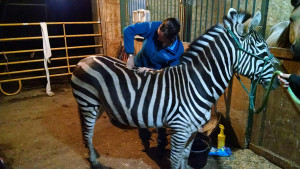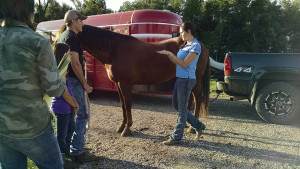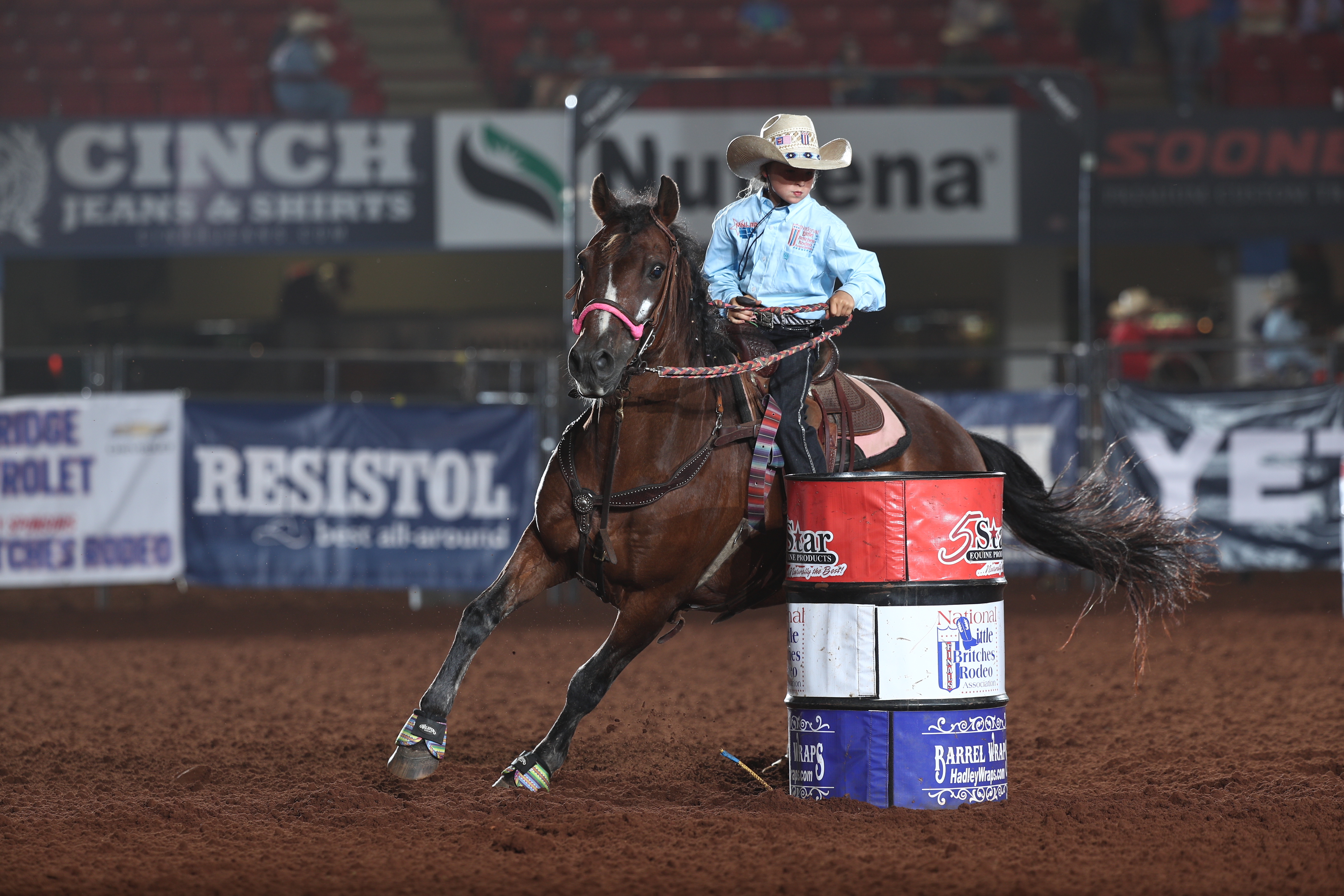Does Your Horse Need Chiropractic Treatment?
Behavioral changes
- Snapping/pinning ears
- Bucking
- Cinchy
- Refusals
- Head/ear shyness
- Fighting bit
- Kicking
- Rearing
- Asymmetrical Sweating
- Non sweating
- Hot/cold sensitivity
- Tail rubbing
- Biting at skin
- TRAUMA:
Injuries
- Training
- Falls
- Stressful situations
- Trailer accidents
- Cast in a stall
- Stalled for extended periods
Gait problems
- Inability to engage rear quarters
- Asymmetrical diagonal movement (short stride, especially side to side)
- Stiffness in lateral movements of neck or body
- Lameness that seems to shift from limb to limb
- Lameness
- Toe dragging
- Stumbling
- Limping
- Loss of collection
- Cross-firing
- Refusal to pick up lead
- Uneven strides
- Lack of coordination in gaits
Performance problems
- Tail swishing
- Head carriage
- Decreased flexion neck/poll
- Unable to round up/arc
- Pulls to one side
- Uses entire body to turn
- Difficulty executing movements
- Dominant on one side
- Refusal to turn one direction
- Loss in level of performance
- Shies away from jumps
- Rides rough/leans
Static problems
- Muscle imbalance
- Muscle spasms or atrophy
- Heat in certain areas
- Abnormal sweat patterns
- White hairs underneath the saddle
- Digestive disorders
- Uneven shoe wear
- Standing with hips uneven
- Holds tail to one side
- Head tilt
- Weak ear
- Inflammation or swelling over certain areas
- Lack of coordination in gaits
Diagnosed conditions
Such as degenerative arthritis, weak immune system, osteoarthritis, etc.
At CACC both horse and rider will experience:
• Relief
• Educational fulfillment
• Tools necessary for restoration of your horse’s well being.
